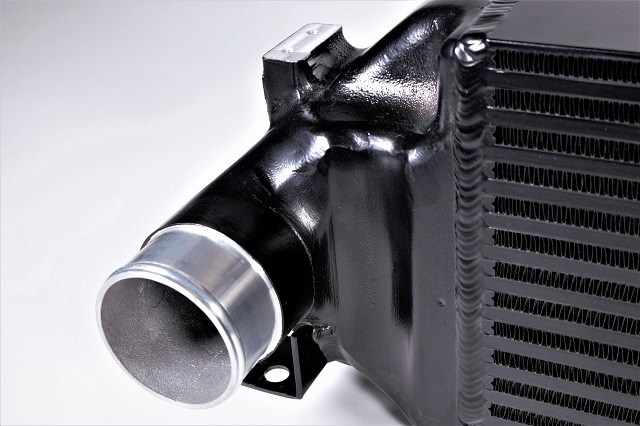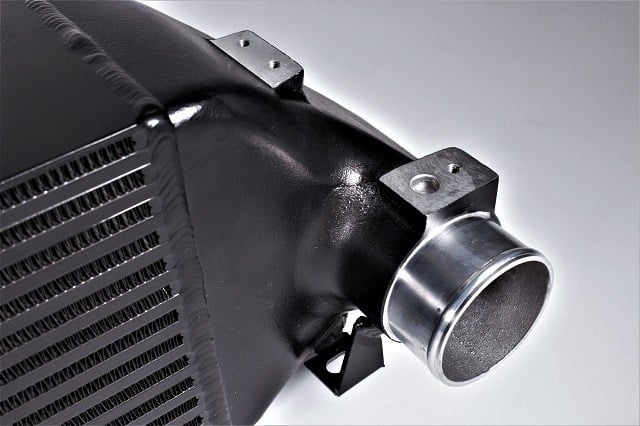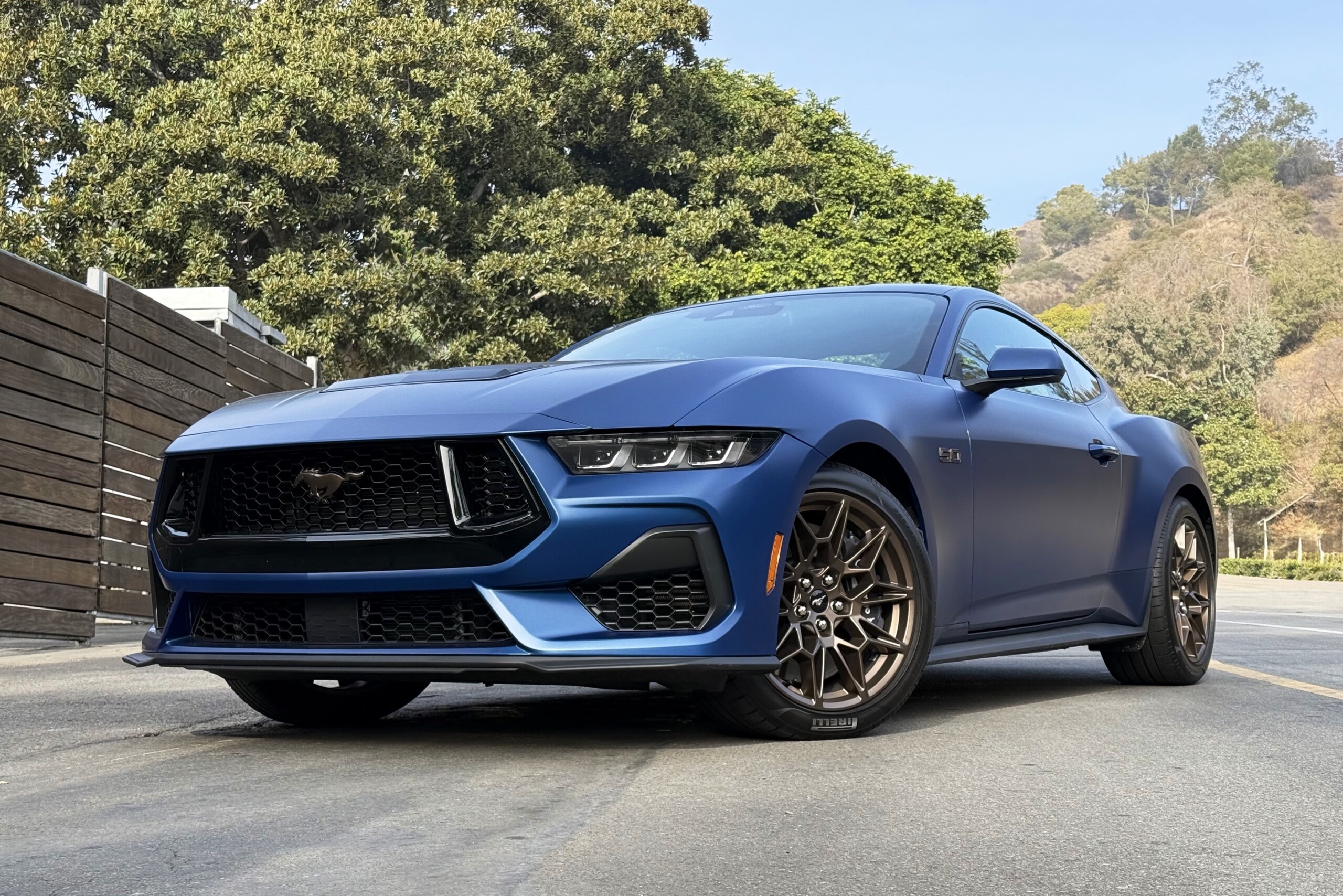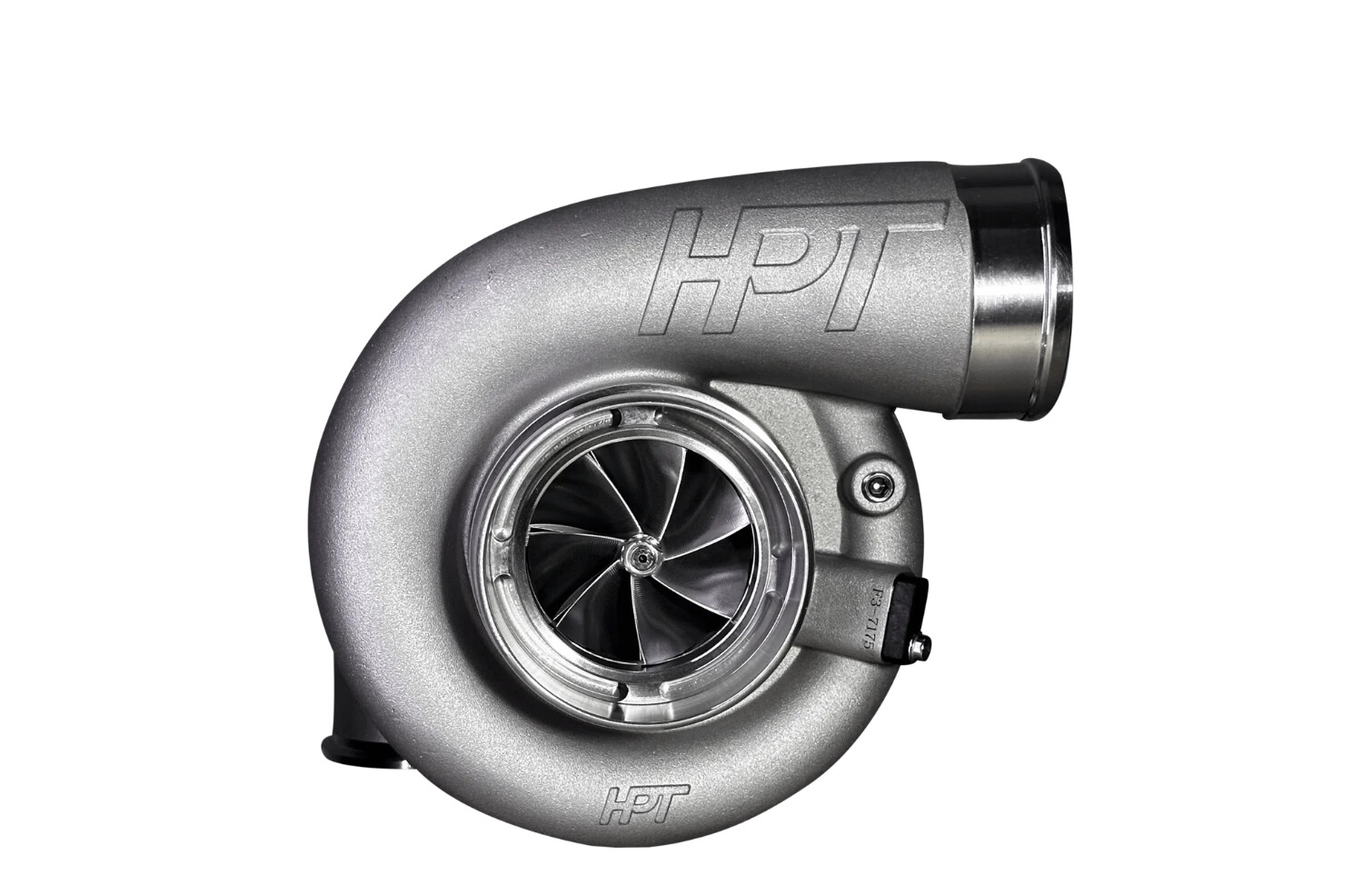
Mishimoto reached out to the Focus RS community to see what actual owners would like to see in the new intercooler.
The team at Mishimoto know a thing or two about the importance of keeping your car cool, especially when it comes to high-performance forced induction engines. They are also big fans of the Ford Focus RS and have been hard at work developing a complete line of upgrades for the popular hot hatch.
Back in June of last year, the engineering team at Mishimoto added the Focus RS to its Special Vehicle Project garage ensuring the team would not have to wait around to get a hold of a loaner vehicle for all the R&D they had planned for this Ford Performance vehicle.
Core Comparison
Stock Mishimoto
Height: 195mm 210.5mm
Width: 615mm 650mm
Depth: 82.5mm 130mm
Mishimoto has announced that they are one step closer to finishing the R&D on the highly anticipated Focus RS intercooler project. Let’s take a look at the Mishimoto 3D model and some of the differences in the design specs over the stock intercooler.
Even though the intercooler that Ford put into the Focus RS is already quite impressive in stock form, enthusiasts know there is always room for improvement. And, after engineers at Mishimoto took a closer look at it, they felt the same way.

Mishimoto included a drain plug into the design of the bigger intercooler to help combat excess condensation that could accumulate inside of the core.
But one of the main reasons RS owners are so excited for this particular intercooler is because Mishimoto went directly to the Focus forums first, asking RS drivers what they wanted to see in the design.
The result? According to Mishimoto, 97 percent of RS Forum members on both the focusrs.org and focusforums.com websites agreed that they wanted to see a bar-and-plate design.
Here’s a look at the hot and cold sides of the Mishimoto intercooler.
“We increased the internal core volume by 295.79 in³ to 403.26 in³, which is a percentage increase of a hair over 36 percent,” says the company. “To help with more efficient heat transfer, we also increased the external fin surface area from 2938.76 in² to 9239.19 in², which comes in at a whopping 214-percent increase. Our inlet and outlet diameters have also increased with a size of 66 millimeters which is six millimeters over the factory setup.”
As you can see, Mishimoto was able to increase the overall core size by a substantial amount, and with the addition of the drain plug, we are excited to see what kind of performance numbers this new intercooler will deliver. Testing is forthcoming.


















